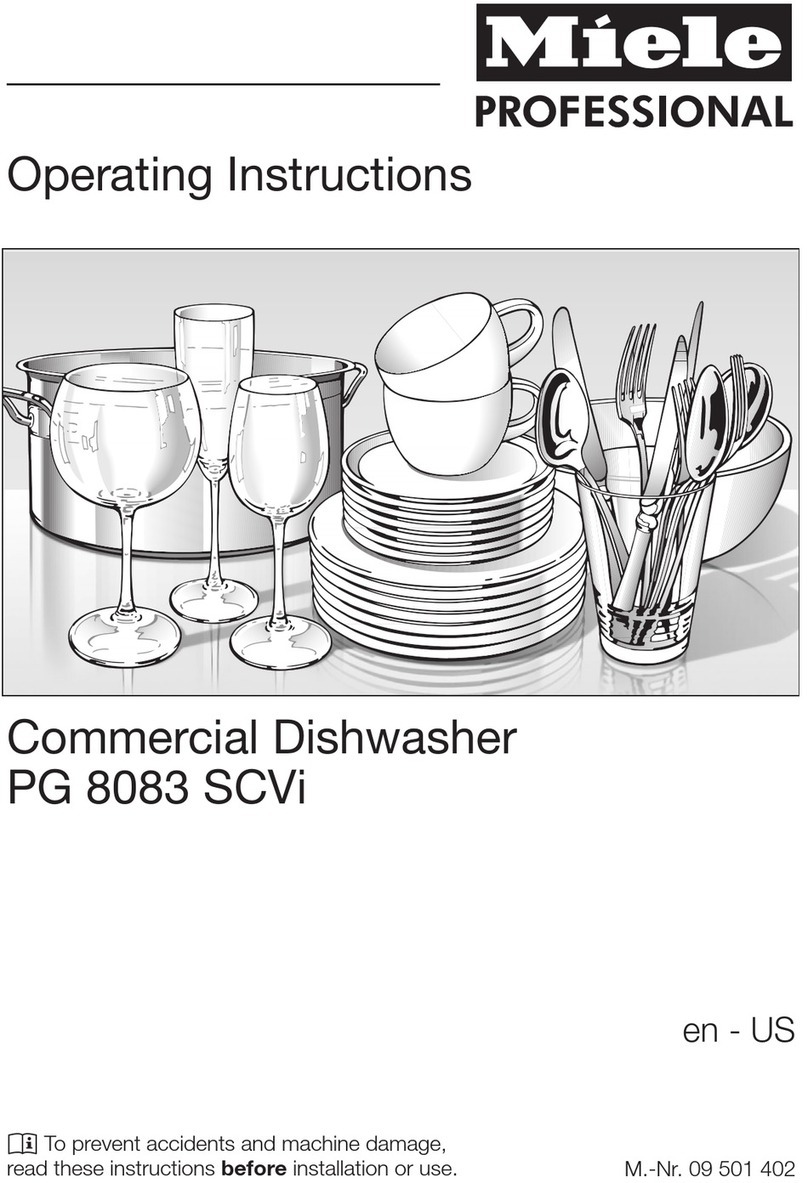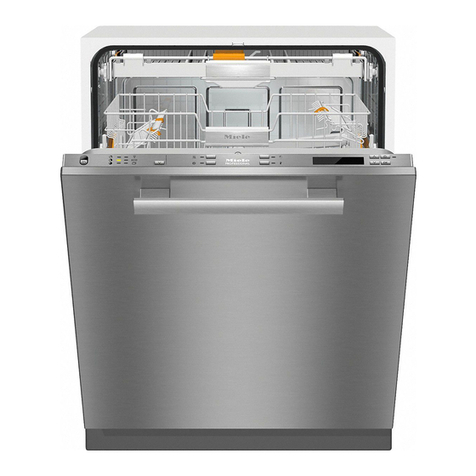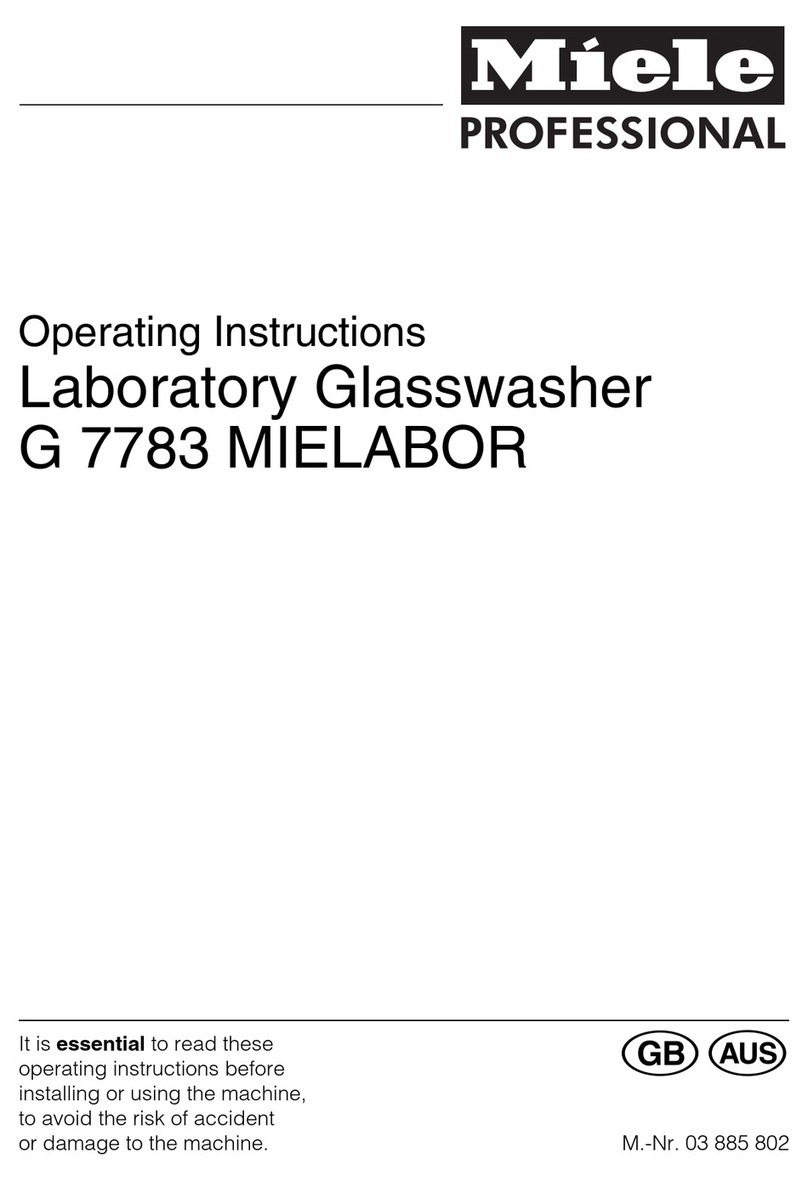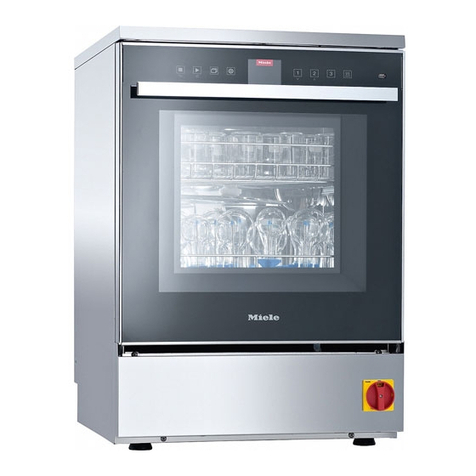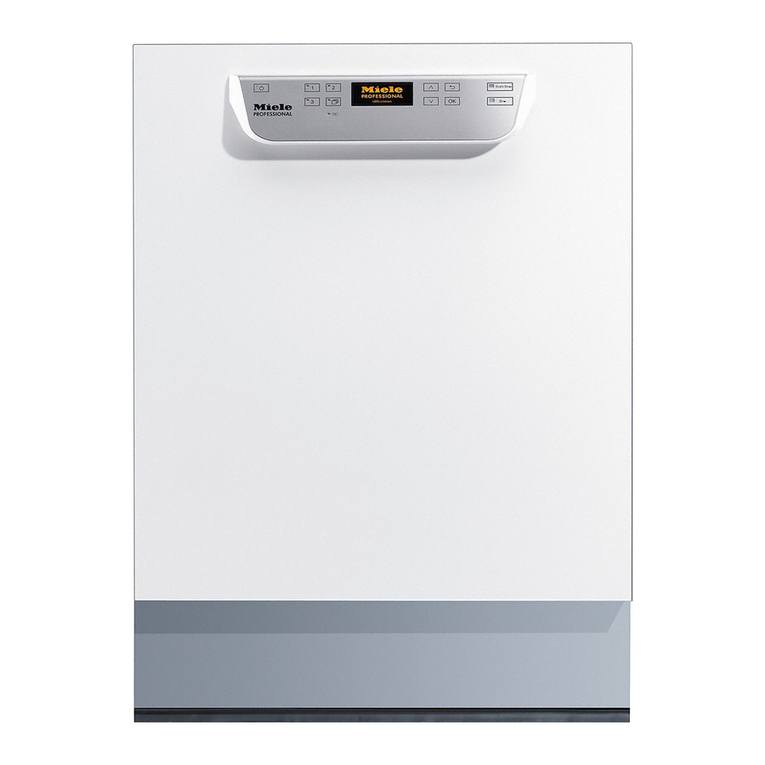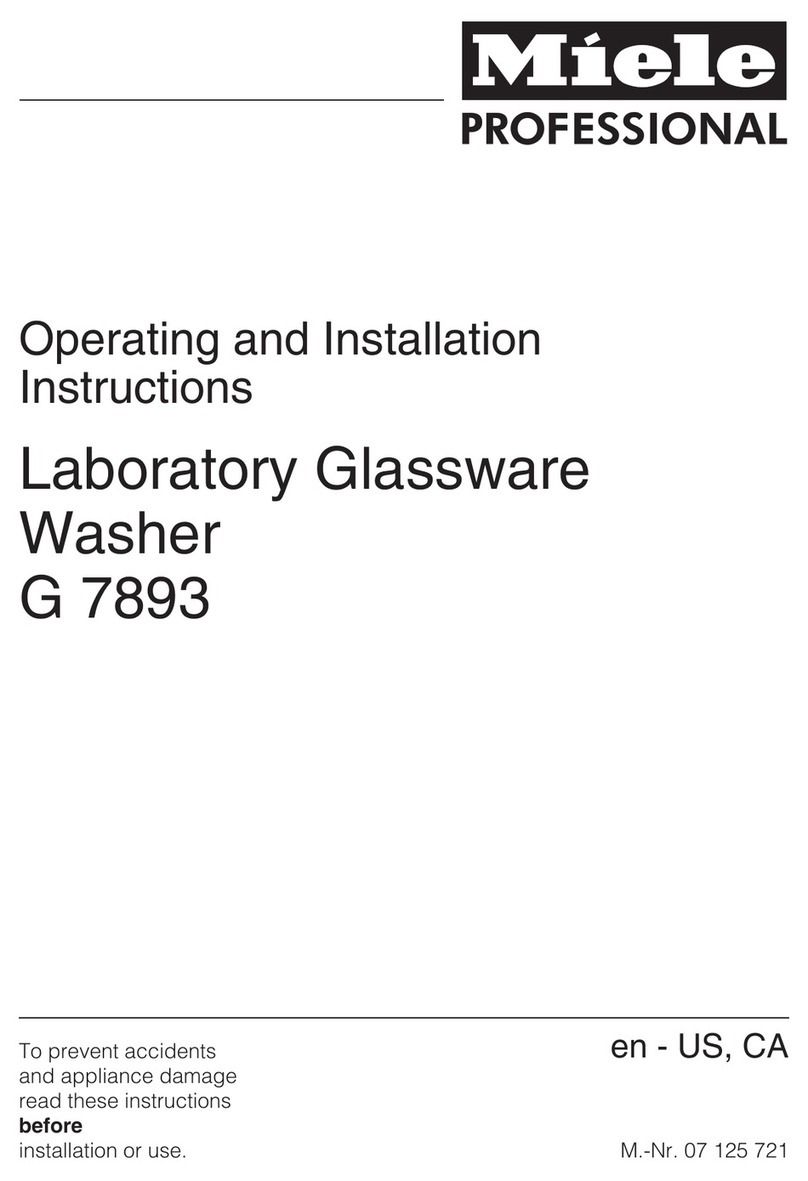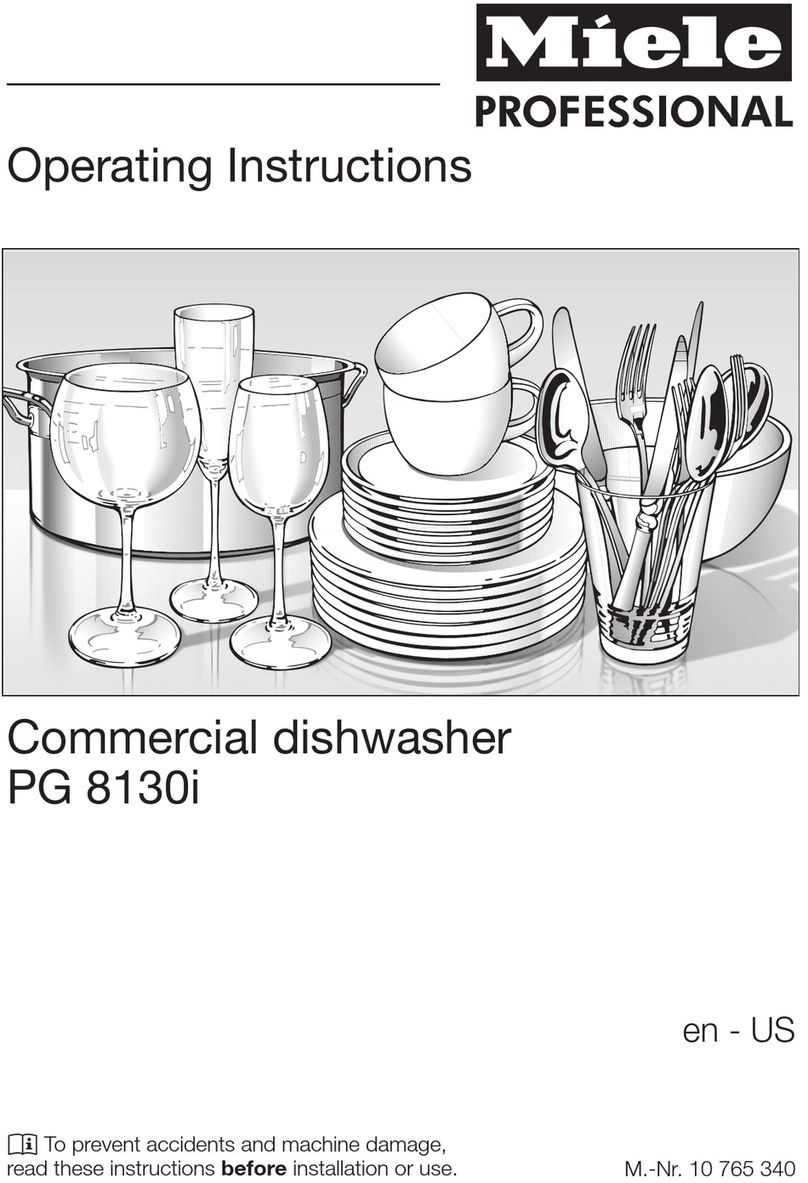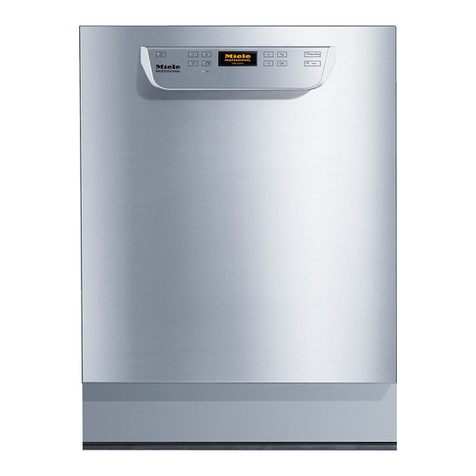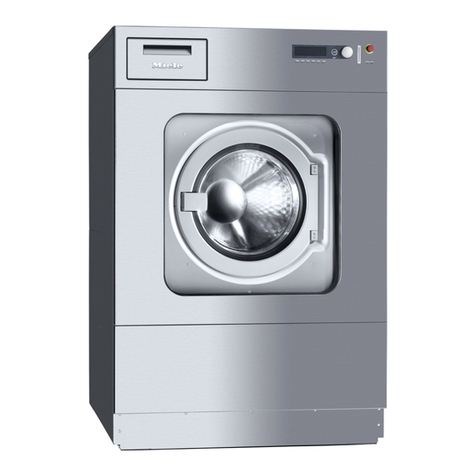
CONTENTS
REV.0.01_COD.650183_A4 Page 4
7.PROGRAMS ............................................................................................................31
7.1Program blocks .................................................................................................................... 32
7.2Program chart....................................................................................................................... 33
7.3Starting a program ............................................................................................................... 37
8.MACHINE STATUS .................................................................................................38
8.1Ready for operation ............................................................................................................. 38
8.2Program................................................................................................................................. 38
8.3Malfunctioning...................................................................................................................... 38
8.4Power failure......................................................................................................................... 39
8.5Reset...................................................................................................................................... 39
9.MENU.......................................................................................................................40
9.1Accessing the menu............................................................................................................. 40
9.2Parameter settings............................................................................................................... 41
9.3Parameter list ....................................................................................................................... 41
10.CLOCK..................................................................................................................... 42
11.AUDIBLE SIGNAL ...................................................................................................42
12.HISTORICAL DATA (batch protocols)...................................................................42
12.1Outputting previous batch protocols ................................................................................. 42
13.WARNINGS AND EVENTS LIST .............................................................................43
13.1List of warnings .................................................................................................................... 43
13.2List of display messages ..................................................................................................... 45
14.USB port (optional) .................................................................................................46
15.Process documentation.........................................................................................47
15.1Serial interface...................................................................................................................... 47
15.2User administration.............................................................................................................. 47
15.3USB port ................................................................................................................................ 47
16.MAINTENANCE....................................................................................................... 48
16.1General recommendations on maintenance ..................................................................... 48
Machine status ................................................................................................................... 48
Safety systems ................................................................................................................... 48
Procedure ........................................................................................................................... 48
Decontamination procedures ............................................................................................. 48
16.2Maintenance reminder......................................................................................................... 49
16.3Routine maintenance work ................................................................................................. 49
16.4Table of routine maintenance tasks................................................................................... 49
16.5Drying air filtration................................................................................................................ 54
16.6Special maintenance............................................................................................................ 54
Table of special maintenance work.................................................................................... 54
17.PROBLEMS – CAUSES – Remedy.........................................................................55
17.1Introduction........................................................................................................................... 55
17.2Problems (P) – Causes (C) – Remedy (R) ........................................................................... 55



